
A Brief Introduction
Themodern pharmacy is the go-to place for treating illnesses. But peoplehave treated illnesses even prior to the existence of pharmacies,haven't they?
Sothis article takes a closer look at the methods employed for suchneeds before we could get the stuff over the counter.
Anyways,the discovery of medical plans occurred at about the same time as foodplans. And what's more, it had occurred by means of trial and error.This means that there ARE actual methods for testing what aparticular plan ought to do, but completely excluding any possible harmto the person involved is very much unlikely – if not, thenentirely impossible.
So when was the firstmedical plan recorded?
Itis very likely that the first written records of medicine date backto Ancient China and Egypt.
InEgypt, records which discuss broken bones, simple surgeries, herbalremedies, and the like were found.
Someof those ailments were rather dubious, and, quite frankly disgusting –but the fact is that they were useful and served their purpose. Infact, some of those methods are still employed today in modernmedicine.
Namely,the Ancient Egyptians appear to have had knowledge of the power ofgarlic. And this was manifested by the fact that the people who were building the pyramids were also allotted an amount of daily garlic.This was to keep them strong that they could carry out their dailytasks.
Onthe other hand the Chinese were using a system called TCM. And guesswhat, this system is still in use. This may not be a method that manywesterners understand, but truth be told, the practice appears to berather accurate. A well known Chinese physician (2ndcentury A.D.) was able to use this method to diagnose a woman with astillborn baby, and atop of that, help her deliver it.
However,there is a well-known Chinese herb which is used in the western worldas well. It is called ephedra and it is used to treat asthma.
TheGreek medical system was, similarly to the one of Ancient Egypt'sbased on religion. However, it DID surpass it in the respect that theprogress of learning about plant-based medicine DID actually grow. Ithad also included aspects such as anatomy and disease diagnosis,which were later on incorporated into the base of modern medicine.
TheAncient Greeks did not have antacids, so they chewed on mint leavesin order to soothe overfull stomachs. Atop of that, they used oliveoil for both food and medicine.
Nextoff, the medicine of Rome had an innovation to offer. Namely:cleanliness. This involved both hydrotherapy as well as not merelytossing the chamber pot out in the street.
TheMiddle Ages also saw the dawn of the use of herbal treatments. Herbswere grown in herb gardens which were taken care of by the lady ofthe manor. Most of the herbal practices employed are still carriedon today.
Nextoff, the earliest of American settlers and the Native Americans didnot waste much time before they started exchanging ideas in theparticular field. Some of them were good (like the use of mullein anddandelion), whilst others weren't that good (such as the use oftobacco).
Lastly,it is important to stress that a lot of modern medicine we normallytake for granted today (such as Aspirin or willow bark), could nothave existed without the above mentioned plants and the relatedtreatments.


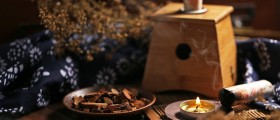

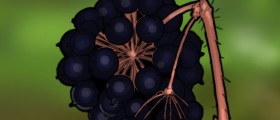
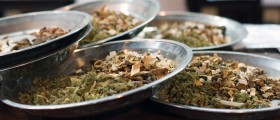

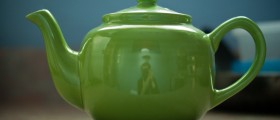
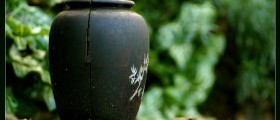


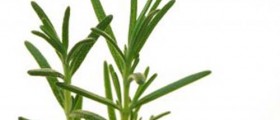
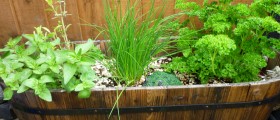

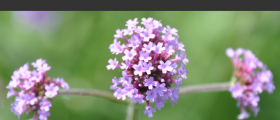

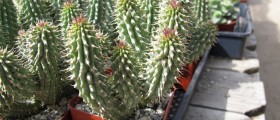
Your thoughts on this
Loading...